Disclosure: This article contains affiliate links. We may earn a commission from purchases at no extra cost to you, which helps our travel content.
As someone who has traversed the globe seeking the intersection of natural wonder and cultural depth, I found myself irresistibly drawn to Sweden's northernmost town last December. Kiruna—situated 200 kilometers north of the Arctic Circle—offers what I can only describe as winter's most exquisite performance art: dancing auroras painted across midnight skies, architectural marvels sculpted entirely from ice, and centuries of Sámi traditions preserved in a landscape of pristine snow. This is not merely a destination; it's a masterclass in nature's most profound artistic expressions.
Chasing the Aurora: A Strategic Approach
The northern lights are temperamental performers, demanding both patience and preparation from their audience. During my week in Kiruna, I quickly learned that aurora hunting is equal parts science, strategy, and serendipity.
After consulting with local guides, I established a methodical approach: monitoring solar activity via the aurora forecast app (worth every krona for its accuracy), positioning myself away from light pollution, and maintaining flexibility in my schedule to pivot when conditions proved promising.
My most spectacular viewing occurred not on an organized tour but during an impromptu midnight excursion to a frozen lake 30 minutes from town. There, at -25°C, I witnessed green and purple waves undulating across the sky with such intensity that they cast shadows on the snow. The experience transcended mere visual beauty—it felt primordial, as if witnessing the universe's ancient rhythms made visible.
While many travelers default to group tours, I recommend arranging a private guide for at least one evening. My guide, Henrik, a third-generation Kiruna resident, knew precisely which locations offered both optimal viewing conditions and compositional elements for photography—a lone pine tree, a mountain silhouette—that elevated my aurora photographs from mere documentation to art.
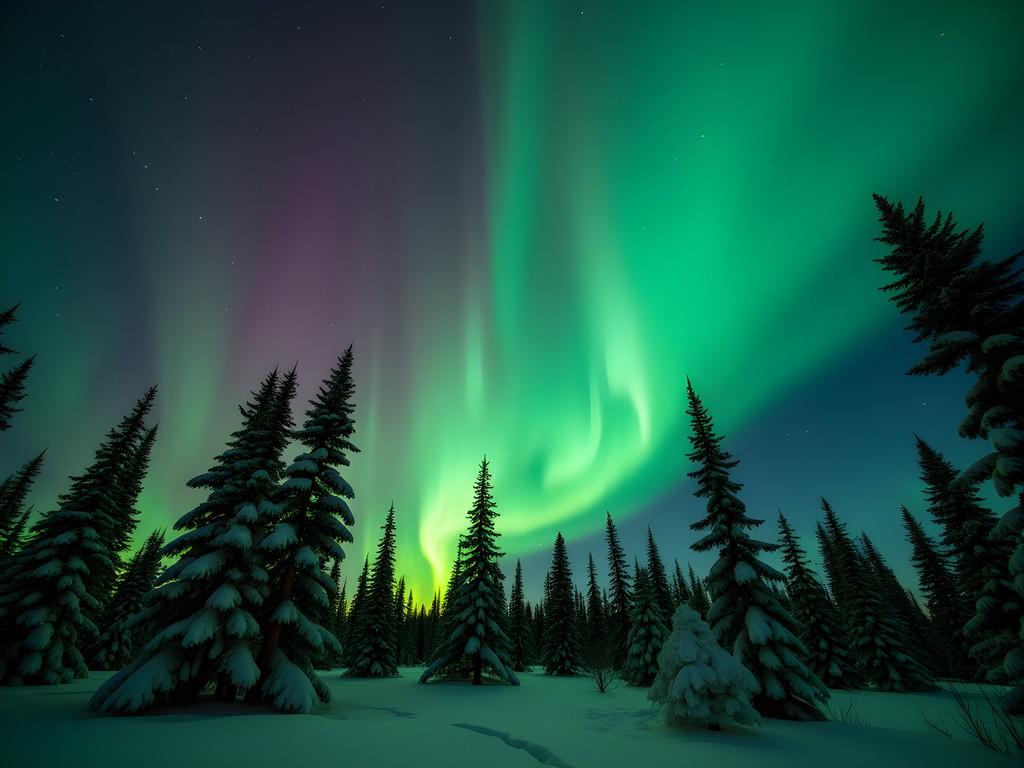
💡 Pro Tips
- Book accommodations with aurora wake-up calls—many hotels offer this service
- Pack hand and foot warmers—standing still for hours in sub-zero temperatures requires serious thermal support
- Learn your camera's manual settings before arrival; the aurora waits for no one's technical difficulties
The ICEHOTEL: Ephemeral Luxury
The concept seems paradoxical: luxury accommodations constructed entirely from a material destined to melt. Yet the ICEHOTEL in Jukkasjärvi, just outside Kiruna, has perfected this impermanent art form over three decades, creating what I consider the ultimate manifestation of mono no aware—the Japanese aesthetic concept acknowledging the poignant beauty of transience.
I spent two nights in this crystalline masterpiece: one in a standard "cold room" and another in an Art Suite designed by Japanese sculptor Hiroyuki Ito, whose ice installation exploring themes of time and impermanence resonated deeply with my calligraphy training. Sleeping on an ice bed (topped with reindeer hides and an expedition-grade sleeping bag) initially seemed daunting, but the experience proved surprisingly comfortable and profoundly peaceful.
Beyond accommodation, the ICEHOTEL offers an impressive array of experiences. Their ice sculpting workshop provided me with newfound appreciation for the technical precision required—not unlike the disciplined strokes of shodo calligraphy. The five-course tasting menu at their restaurant, featuring Arctic char prepared three ways and cloudberry desserts, rivals fine dining establishments in Tokyo or Paris, though with distinctly Nordic sensibilities.
The adjacent ICEHOTEL 365, a permanent structure that uses renewable energy to maintain sub-zero temperatures year-round, offers the experience even in summer months. However, I found the original, seasonal hotel carries a certain authenticity in its adherence to nature's cycles.

💡 Pro Tips
- Pack minimal toiletries for ice room stays—your belongings remain in a separate warm changing room
- Book at least one night in a warm accommodation to alternate with your ice experience
- Reserve Art Suite rooms 6+ months in advance—they sell out quickly despite premium pricing
Sámi Cultural Immersion: Beyond Tourism
While aurora viewing and ice accommodations initially drew me to Swedish Lapland, it was the opportunity to engage meaningfully with Sámi culture that transformed my journey from mere sightseeing to profound cultural education.
Through connections made via my calligraphy master in Kyoto (whose Finnish friend had Sámi relatives—the web of global connections never ceases to amaze), I arranged a private day with a Sámi family outside the typical tourist framework. This required delicate negotiation and genuine interest in cultural exchange rather than entertainment.
My host, Ella, a reindeer herder and traditional duodji (handicraft) artist, welcomed me into her family's lavvu (traditional tent) where we shared stories over smoked reindeer and lingonberry tea. What struck me most was not the differences between our lives but the similarities in how both Sámi and Japanese cultures navigate preservation of traditions within modernizing societies.
For travelers without personal connections, I recommend the family-run Nutti Sámi Siida rather than larger commercial operations. Their multi-day experiences allow for deeper cultural understanding beyond the superficial. When participating in any Sámi cultural experience, approach with humility and awareness of tourism's potential impacts on indigenous communities.
Before visiting, I found immense value in reading Sámi cultural guide to understand historical context and appropriate engagement protocols. This background knowledge was clearly appreciated by my hosts and enabled more meaningful conversation.
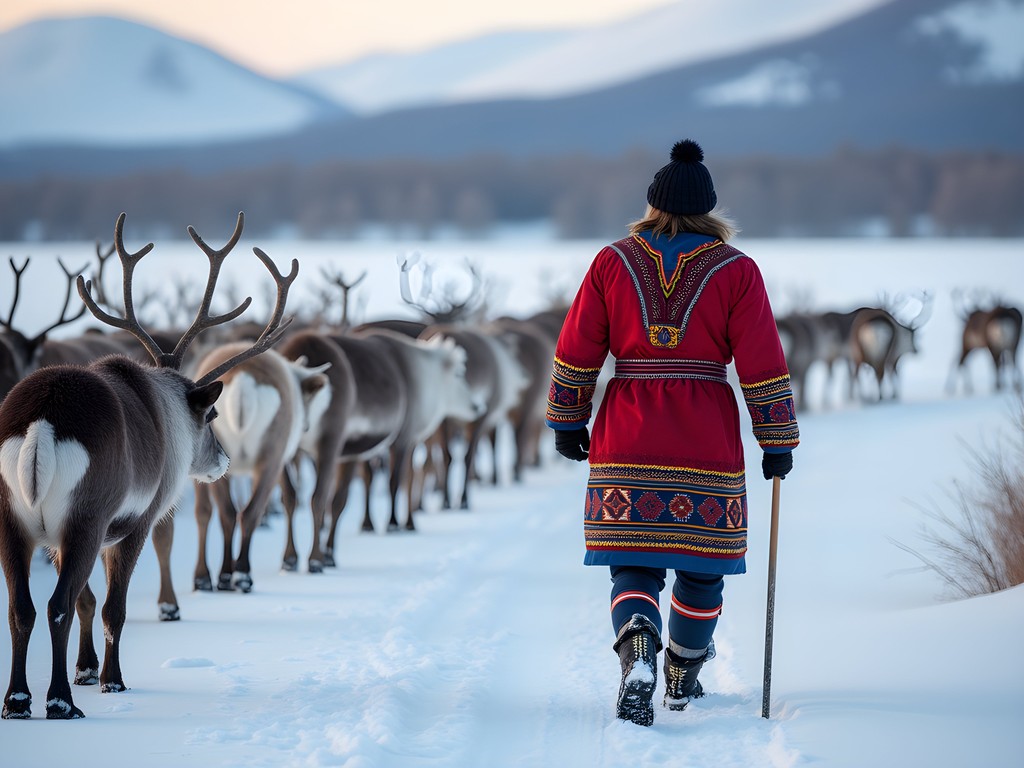
💡 Pro Tips
- Learn basic phrases in Northern Sámi as a sign of respect
- Ask permission before photographing people or cultural practices
- Purchase authentic duodji crafts directly from artisans rather than gift shops
Arctic Wilderness Excursions: Beyond the Expected
While aurora viewing dominates Kiruna's winter tourism narrative, the region offers numerous daytime adventures that deserve equal attention. My finance background has trained me to seek maximum return on investment—in this case, experiential rather than monetary—and these activities delivered exceptional value.
Dogsledding through boreal forests provided not just exhilaration but surprising moments of tranquility. Unlike snowmobile tours (which I found disruptively loud), the rhythmic padding of husky paws on snow created a meditative soundtrack for absorbing the landscape. I opted for a full-day expedition with Kiruna Sleddog Tours, which included instruction in handling your own team rather than merely riding as a passenger.
For those seeking technical challenge, ice climbing on frozen waterfalls offers both physical engagement and access to scenery inaccessible by other means. As someone who regularly climbs at indoor gyms in Tokyo, I found the transition to ice challenging but manageable with proper instruction. The crampons I purchased specifically for this trip proved essential for secure footing and are now permanent additions to my winter adventure kit.
Perhaps most unexpected was the winter photography workshop I attended, focusing on capturing both landscape and aurora. The instructor's emphasis on mindfulness and patience resonated with my calligraphy practice—both art forms require one to work with natural elements rather than impose one's will upon them. For optimal results in the extreme cold, I relied on my camera hand warmer to preserve battery life and maintain dexterity for adjusting settings.
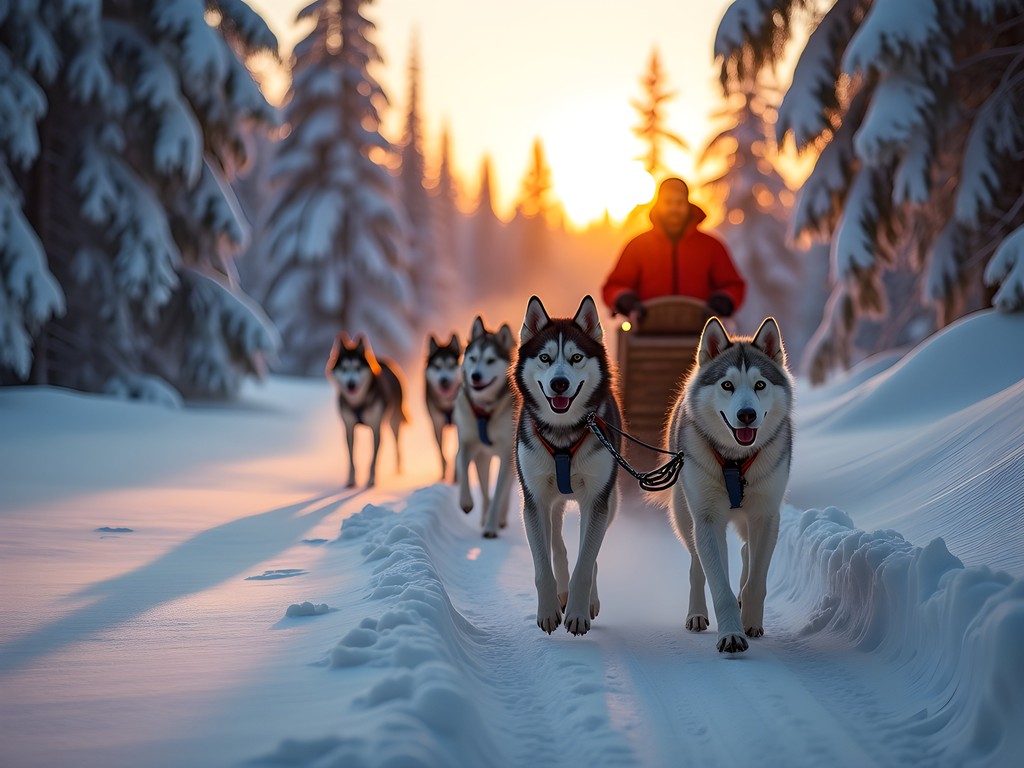
💡 Pro Tips
- Book wilderness excursions that include proper Arctic clothing—rental quality varies dramatically between operators
- Consider a private or small-group option for photography outings to ensure individual attention
- Invest in quality base layers—I recommend merino wool rather than synthetic materials for odor resistance during active excursions
Practical Preparations: Arctic Luxury Requires Planning
Executing a luxury Arctic adventure requires meticulous preparation—something my former finance career prepared me well for. The difference between a transformative experience and a series of cold, uncomfortable disappointments often lies in the details.
Accommodation planning should balance experience and comfort. I recommend splitting your stay between the ICEHOTEL (for novelty) and Camp Ripan (for amenities). The latter's Aurora Spa, with its outdoor heated pools offering potential northern lights viewing while soaking, provided essential recovery after active days.
Regarding attire, even luxury travelers must prioritize function over fashion. I invested in a expedition parka that performed flawlessly in -30°C conditions while maintaining a sleek silhouette appropriate for fine dining establishments. For extremities, the heated gloves I purchased specifically for aurora photography sessions preserved dexterity for camera adjustments while preventing the numbing cold that standard gloves couldn't address.
Dining reservations require advance planning, particularly for the ICEHOTEL Restaurant and the chef's table at Camp Ripan. For a truly special experience, arrange a private dinner in a wilderness cabin through Kiruna's boutique tour operators—my meal of locally foraged ingredients prepared fireside while the aurora danced overhead justified the considerable expense.
Finally, consider hiring a private guide for at least portion of your stay. My guide, arranged through Kiruna Aurora Tours, customized experiences to my specific interests in photography and cultural history, offering insights and access impossible to arrange independently.

💡 Pro Tips
- Download offline maps—cellular service is unreliable in remote viewing locations
- Carry a thermos for hot beverages—proper hydration prevents altitude-related symptoms common in first-time Arctic visitors
- Pack backup batteries for all electronic devices—cold temperatures dramatically reduce battery life
Final Thoughts
Kiruna exists in a realm where luxury is redefined—not by thread counts or brand names, but by access to increasingly rare experiences: perfect silence, pristine wilderness, and phenomena that humble even the most seasoned traveler. In our efficiency-obsessed world, the northern lights remind us that nature's most spectacular offerings cannot be scheduled or expedited—they must be patiently awaited, with no guarantee of appearance.
This uncertainty, I've come to believe, is precisely what makes Arctic adventures so valuable. Like the Japanese concept of ichigo ichie (one time, one meeting), each aurora display, each encounter with Sámi wisdom, each night in a room destined to melt away exists as a singular moment that cannot be replicated.
As you plan your own journey to this northern frontier, I encourage approaching it not as a checklist of experiences to acquire, but as an invitation to recalibrate your relationship with time, comfort, and wonder. Kiruna demands more of its visitors than most destinations—more patience, more preparation, more willingness to embrace discomfort—but its rewards exist in a category entirely their own. In the crystalline silence of an Arctic night, beneath a sky performing its ethereal light show, you may find yourself, as I did, experiencing a peculiar form of luxury: the luxury of profound presence.
✨ Key Takeaways
- Book accommodations that balance novelty (ICEHOTEL) with comfort (luxury lodges with amenities)
- Invest in proper Arctic-grade attire—this is not the destination to compromise on quality
- Allow flexibility in your itinerary for spontaneous aurora viewing when conditions are optimal
- Engage with Sámi culture respectfully and through smaller, family-operated experiences rather than commercial displays
- Prepare camera equipment specifically for extreme cold conditions to document your journey
📋 Practical Information
Best Time to Visit
December through March (peak aurora season with reliable snow conditions)
Budget Estimate
$5,000-8,000 USD per person for a 7-day luxury experience (excluding flights)
Recommended Duration
Minimum 6 nights to maximize aurora viewing opportunities
Difficulty Level
Intermediate (Requires Cold-Weather Adaptability But No Specialized Physical Skills)
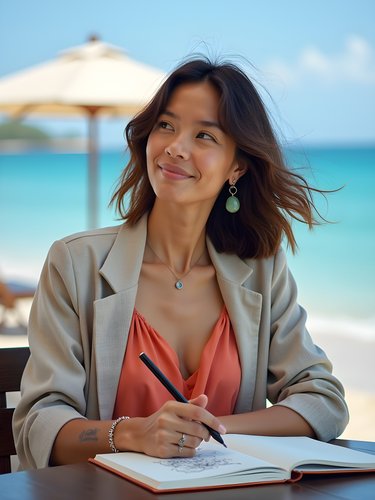
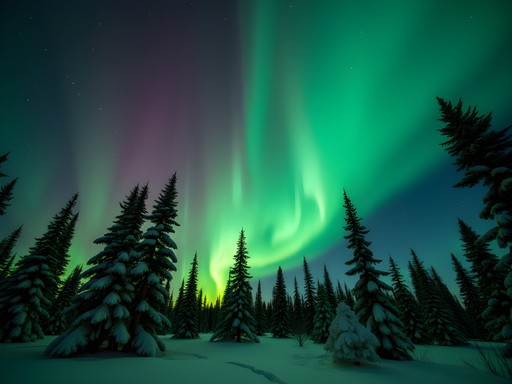

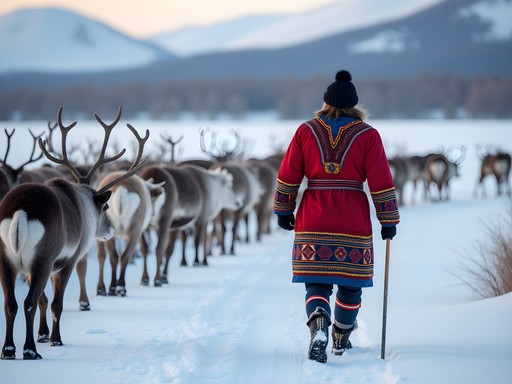

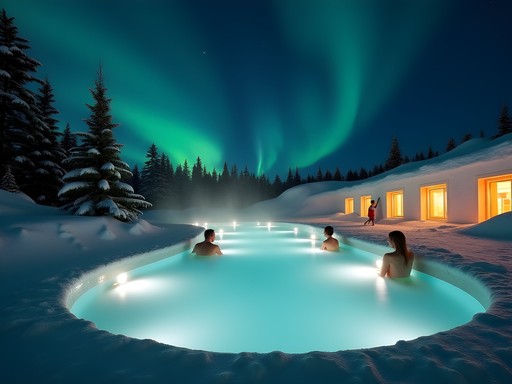










Comments
Taylor Moreau
Excellent write-up, Jasmine. I visited Kiruna last winter for a business travel feature and was equally impressed by the ICEHOTEL's artistic merit. Your section on Sámi cultural immersion is particularly valuable - too many travelers miss this crucial aspect. I would add that booking a private guide from the local Sámi community rather than through hotels can provide a more authentic experience and ensure fair compensation. The reindeer sledding with Henrik's family was a highlight of my trip - they shared stories spanning generations that no standard tour could offer. Did you have a chance to try the smoked reindeer heart at Restaurant Máttaráhkká? It was surprisingly delicate.
Megan Martin
Fantastic write-up on Kiruna! I visited for a business conference last winter and extended my stay specifically to experience the ICEHOTEL. Your description of it as 'ephemeral luxury' is spot-on. One tip I'd add for business travelers: the WiFi at the ICEHOTEL is surprisingly good, but bring a portable charger as the cold drains batteries incredibly fast. The Sámi cultural experience was also a highlight for me - I participated in a reindeer sledding tour that concluded with traditional storytelling around a fire. Definitely worth the extra day away from meetings!
exploremaster
Those ice hotel photos are INCREDIBLE! Been on my bucket list forever. Did you actually sleep in one of those ice rooms??
Jean Wells
Excellent write-up on Kiruna, Jasmine! I visited last winter and would add that the Sámi cultural experiences were the highlight for me. I spent three days with a local family learning about reindeer herding traditions and their sustainable approach to Arctic living. For photography enthusiasts heading there, I found that a tripod was essential for those long-exposure northern lights shots. The cold drains camera batteries quickly, so keep spares in an inside pocket close to your body. The silence you mentioned in your conclusion is indeed profound - something increasingly rare in our connected world.
Jasmine Smith
Thank you for sharing your experience, Jean! The Sámi cultural immersion was indeed special. Great tip about keeping batteries warm - the cold is brutal on electronics!
moonninja
Great post! How cold was it inside the ICEHOTEL at night? Did you actually sleep comfortably? I'm curious about booking but worried about freezing all night!
dreamblogger
Not the author but I did it last year! They give you these amazing sleeping bags rated for extreme cold. It's weird but I was actually toasty!
photowalker
Stunning post! I'm heading there in January with my camera gear. What settings did you use for your aurora shots? And did you need any special equipment to keep your batteries from dying in the cold?
Jasmine Smith
Thanks! For aurora shots I used f/2.8, ISO 1600-3200, and 15-20 second exposures depending on activity. The cold is brutal on batteries - I kept spares in my inner pockets and used my battery grip which helped tremendously. Also bring a sturdy tripod - the wind can be fierce!
photowalker
Super helpful, thanks! I'll definitely pack extra batteries and keep them warm. Did you find a headlamp useful for setting up in the dark?
Jasmine Smith
Absolutely - a red light headlamp is essential. Preserves your night vision and doesn't interfere with others' photos.
beachhero
This looks amazing! How cold was it actually? I'm thinking about going in January but worried about surviving those temperatures!
Jasmine Smith
It was around -20°C (-4°F) during my stay, but it can drop to -30°C or lower! The key is proper layering - the locals say there's no bad weather, just bad clothing choices!
beachhero
Yikes! Thanks for the honesty. Guess I'll be packing my thermals!
Frank Garcia
Excellent breakdown of the Kiruna experience, Jasmine! I visited in January 2025 and would add that the Aurora forecasting apps were hit or miss for me. What worked better was befriending locals who seemed to have a sixth sense about when displays would occur. The ICEHOTEL was spectacular but pricey - worth it for one night, then I moved to a guesthouse in town. For those planning a visit, the cold is NO JOKE. My standard winter gear from Belfast was laughably inadequate. I ended up renting proper Arctic clothing from a local outfitter which saved my trip. Did you get a chance to try the reindeer racing? That was unexpectedly thrilling!
exploremaster
How cold are we talking? I'm from Canada and wonder if my winter gear would cut it...
Frank Garcia
Canadian winter gear might work depending on where you're from! It hit -30°C (-22°F) during my stay, with windchill making it feel even colder. The main issue is you're often standing still for hours while aurora-watching, so you get colder than when active. Layer up!
summervibes
Great post! I'm thinking about going in February. Is that still a good time to see the northern lights? And how cold was it when you visited in December?
Jasmine Smith
February is actually perfect for northern lights! The skies are often clearer than December. Temperature-wise, I experienced -15°C to -25°C in December, and February is similar. Layer up!
summervibes
Thanks for the info! Time to invest in some serious winter gear then 😅
freeway
How cold was it actually staying in the ice hotel? Did you sleep ok? Wondering if it's worth the splurge or if it's just too uncomfortable...
Jasmine Smith
It hovers around -5°C inside the ice rooms, but they provide expedition-grade sleeping bags rated for much colder temperatures. I slept surprisingly well! The silence is incredible. I'd recommend one night in ice and another in their warm accommodation for the full experience.
freeway
Thanks! That's super helpful. I think I'll do exactly that - one night in each!
Venture X
Premium card with 2X miles, $300 travel credit, Priority Pass